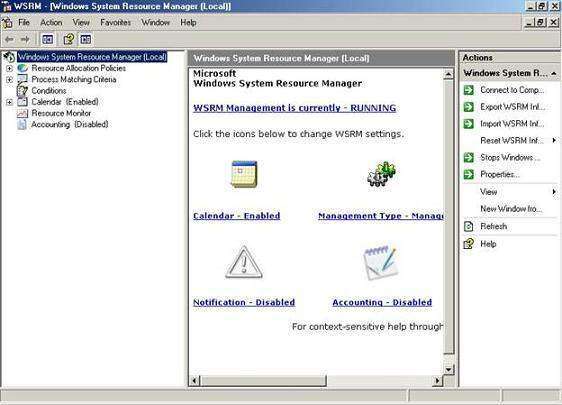

Notice that the sum of the storage space allocated to the logical volumes is less than the size of the VG. Logical volume 2 – / (the root file system – 1 GB).So using the 40 GB disk example, and the creating four logical volumes as in the example above, we have: In fact, it is recommended that you only assign enough space that is needed to each logical volume.

Logical volume manager ubuntu free#
With LVM, it is not necessary to allocate all the available free space to the logical volumes.

A logical volume, LV, is the LVM equivalent of a partition The size of the VG equals the size of the PV, or the sum of the PVs, if more than one A volume group is a virtual container for one or more physical volumes (hard disks)

To get a better understanding of the benefits of using LVM, let’s take a brief overview of the traditional method of disk partitioning in Linux. Using LVM has many benefits, but we are only going to address the very basic benefit of (using) LVM for the home user in this article. We think that LVM is a technology that all distros – desktop or server – should configure by default, especially since it is already a part of the Linux kernel. Some distros have support for LVM in their server distribution, but not in their desktop edition. Today, only a handful of distros gives you the ability to configure LVM during installation. In the early days, the installers of all three major distros – Fedora (was Redhat), openSUSE (was known as SUSE at the time), and Mandriva (was known as Mandrake back then) had support for LVM (and RAID). FreeBSD only recently added experimental support for Zone File System (ZFS), a recent Sun Solaris technology with LVM-like features as a subset of its capability. Until recently, there was no equivalent technology – feature-wise – in the BSD distributions. Other UNIX-like operating systems – AIX, HP-UX, and Sun Solaris – have their own implementation of logical volume management. The Linux version, Logical Volume Manager or LVM, has been a feature of the Linux kernel since about 1999, and was contributed (to the Linux kernel) by Sistina Software, Inc, a company that was later acquired by Redhat. Logical Volume Management is a method of partitioning hard disk drives that provides more flexibility in managing storage space than the traditional method of disk partitioning. To have the others delivered automatically to you, you may subscribe to our RSS feed by clicking on the RSS icon diagonally above this paragraph This is the first of a three-part series, designed to introduce new users to the concept of logical volume management in Linux.


 0 kommentar(er)
0 kommentar(er)
